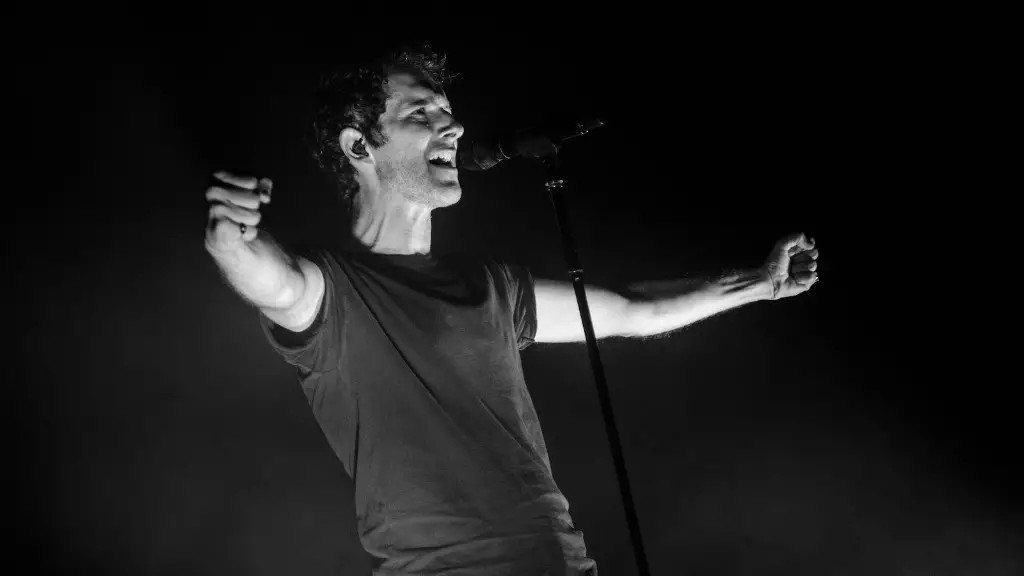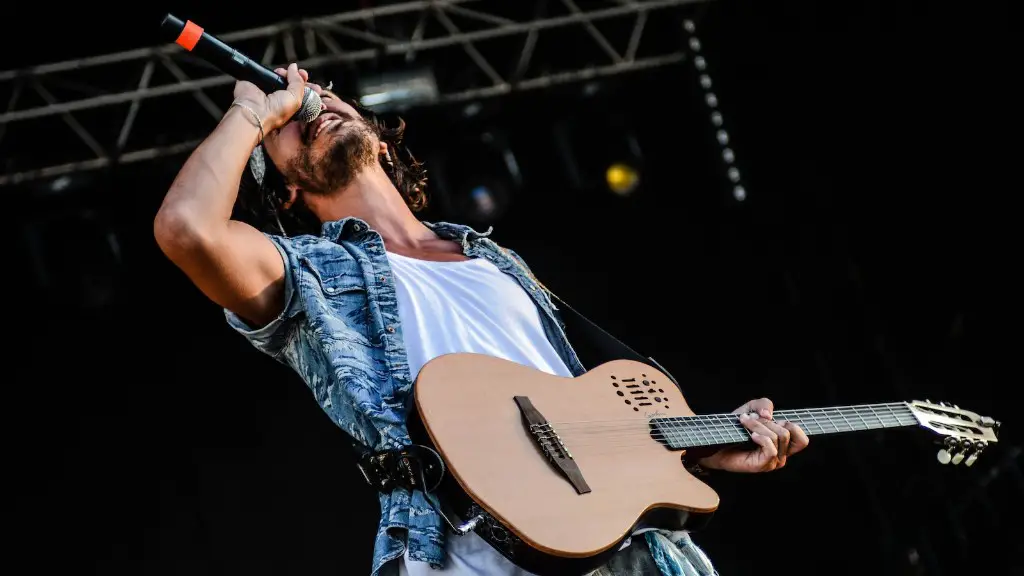For aspiring artists looking to take their masterpieces to the next level, mastering the concept of drawing a firefighter can be a great way to set themselves apart. Drawing a firefighter doesn’t have to be daunting if you break it down into manageable and achievable steps. Follow these simple steps and you will be able to create your very own realistic and professional-looking firefighter.
Getting Started: First and foremost, it is important to have the right materials. Make sure to have a range of pencils available, from an HB to a 4B. Gather a variety of erasers, including a kneaded one, and have your sketchbook ready. While drawing, you will also be able to map out the various dimensions and angles of the firefighter’s body.
Outlining: Begin by lightly sketching an outline of the firefighter. Start by sketching the head, with a center line going through it for symmetry. Draw a vertical line down the center of the body, with two horizontal lines on either side. From these, draw arms and legs and map out the details of the uniform. Make sure to take into account the proportions of the firefighter to his or her background. When outlining, use a light touch, as you can always make adjustments and darken your lines later. Don’t forget all those special details, like helmet and gloves!
Shading: Now it’s time to give your firefighter some definition and depth. Using a softer pencil, start with the larger areas first and work your way down to the smaller ones. Use steady, even strokes to create shadows and vibrant highlights. Remember to use the darkest areas of the shadows for contrast and the lightest of the highlighted details for emphasis. You can even use the eraser or a white charcoal pencil for additional effects.
Defining the Uniform: The finishing touches! Start by defining the firefighter’s clothing and any additional details. Use short, decisive strokes to add texture and provide dimension to each piece of clothing. Be careful not to over-shade or your drawing will lose its detail and you will be left with a blurry, dull image. Erase any unwanted smudges or lines for a clean and crisp look.
Making Adjustments: Everyone makes mistakes, but don’t fret! Now is the time to make any final adjustments that may be necessary. Try to stay away from making drastic changes to the overall shape, as these can easily ruin it. Instead, opt to add in small details or erase areas to provide more depth or contrast. It is important to look at your drawing objectively, as this will help you spot areas that may need further refinement.
Final Touches: After making all the necessary adjustments, you are ready to add your final finishing touches. Consider a few minor changes that may give your drawing a unique flair. Add a dramatic light source or a faint background pattern, for example. You may even find that a splash of color is exactly what your firefighter needs to come alive. Use your imagination and have fun!
Now that you have mastered the steps on how to draw a firefighter, use these techniques to create even more exciting works of art. Drawing is all about practice, so get out there and start creating!


